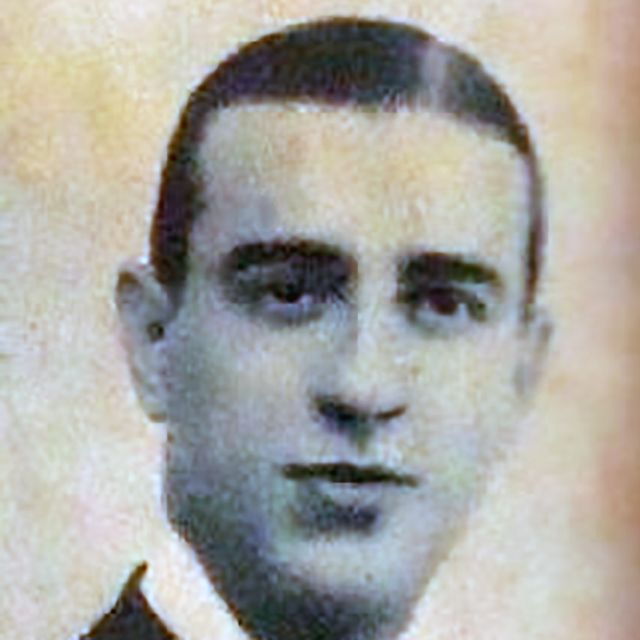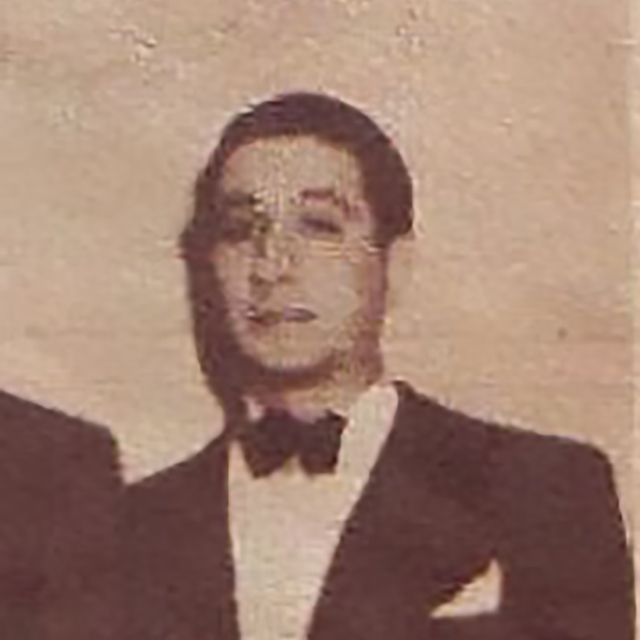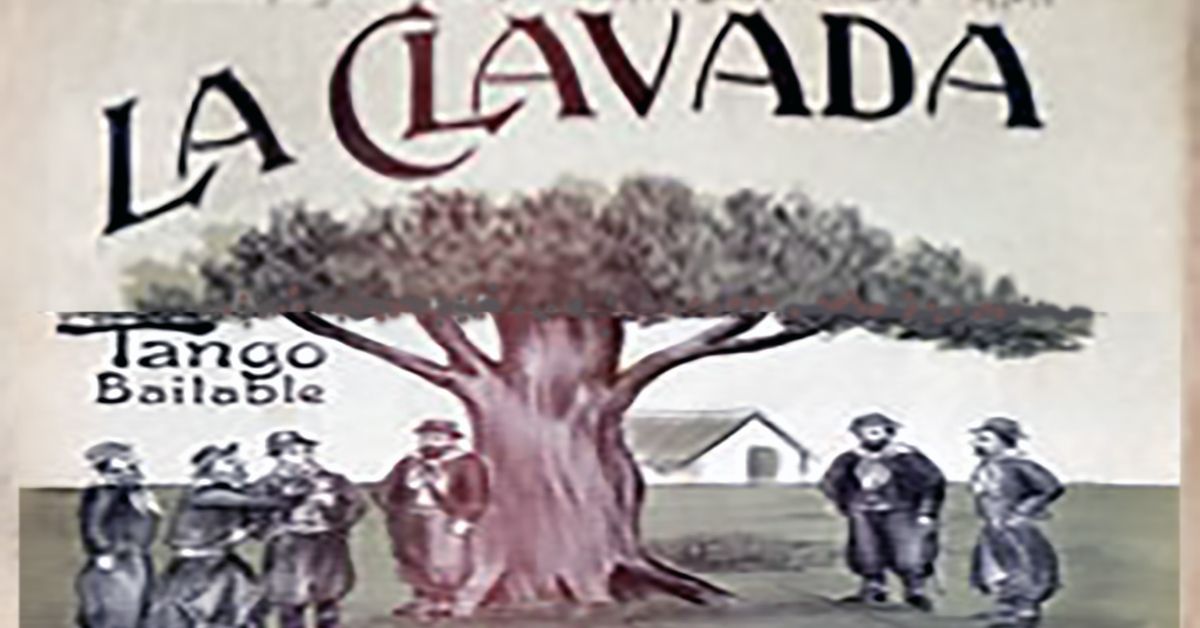Enhance Your Argentine Tango with These Dance-Improvement Exercises
Tango exercises are not just drills but the stepping stones to becoming a proficient and expressive dancer. They empower you to navigate the dance floor with grace, musicality, and confidence, ensuring that every Tango experience is joyous and fulfilling.
The Art of Pauses: Elevating Argentine Tango with Moments of Stillness
In Argentine Tango, pauses hold a unique significance. They are not mere dance breaks but essential elements that add depth and meaning to each step. Pauses allow dancers to breathe, connect, and infuse emotion into their movements. They provide the canvas upon which the dance unfolds, creating moments of suspense, anticipation, and connection between partners.
Pauses also showcase the mastery of control in Tango. It’s not just about the steps; it’s about the spaces in between. These moments of stillness offer a chance to savor the music, communicate with your partner, and convey the subtlest nuances of the dance.
In essence, pauses in Argentine Tango are the punctuation marks that transform a series of steps into a compelling and expressive conversation between dancers. They remind us that sometimes, the silence speaks the loudest in the language of dance.
Mastering the Artistry of Pivots and Ochos in Argentine Tango
Pivots and ochos are fundamental elements in the captivating world of Argentine Tango, contributing to its unique charm and elegance. These intricate movements hold great importance in technical execution and artistic expression, making them essential components of any Tango dancer’s repertoire.
1. Pivots – The Essence of Control: Pivots in Tango are all about control. These graceful, pivoting turns require dancers to maintain their axis while executing precise footwork. Pivots allow the dancer to change direction, transition smoothly between steps, and gracefully navigate the dance floor. They demand balance, core strength, and a deep connection with your partner. Mastering pivots enhances your technical prowess and adds finesse and sophistication to your dance.
2. Ochos – The Art of Figure Eights: Ochos are elegant, figure-eight-shaped movements that can be executed both forward (ochos adelante) and backward (ochos atrás). They are the embodiment of fluidity in Tango. Ochos allow dancers to create beautiful patterns, effortlessly gliding across the floor. These movements are visually captivating and serve as a means of communication between partners. They convey intention, invitation, and connection.
Why Pivots and Ochos Matter:
-
Expression and Musicality: Pivots and ochos allow dancers to express themselves artistically. When executed in sync with the music, they become a rhythmic conversation with the melody, adding depth and emotion to the dance.
-
Connection: These movements require a strong connection between partners. Leading and following pivots and ochos fosters trust and intimacy, creating a profound bond on the dance floor.
-
Versatility: Pivots and ochos are versatile and can be incorporated into various Tango styles and choreographies, making them essential for both social dancing and performances.
-
Technique and Precision: Mastering pivots and ochos hone your technique, as they demand precise footwork, body alignment, and control. This technical proficiency enhances your overall Tango skills.
In summary, pivots and ochos are the heartbeat of Argentine Tango. They epitomize the balance between technique and artistry, control, and expression. As you delve deeper into the world of Tango, you’ll discover that these movements are not just steps but pathways to a deeper understanding of the dance’s soul. Embrace the beauty of pivots and ochos, and let them lead you on a mesmerizing journey through Argentine Tango.
Turning the Pages of Emotion: The Art of Turns in Argentine Tango
Turns in Argentine Tango are a captivating and essential element that adds flair, dynamics, and intricate patterns to the dance. They are not just a series of rotations but a language of expression, communication, and connection between dance partners. Here, we explore the significance and beauty of turns in Argentine Tango.
1. The Poetry of Rotation: Turns in Tango are akin to poetic verses. They infuse the dance with a lyrical quality, allowing dancers to convey emotions, stories, and nuances through their movements. Each turn is a sentence in the partner’s dialogue, filled with anticipation, grace, and passion.
2. Connection and Trust: Turns testify to the profound connection between the lead and follow. They demand trust and communication as the lead subtly signals the direction and speed of the turn. The follow, in turn, responds with grace and precision, ensuring a seamless rotation. This synergy between partners is at the core of Tango’s magic.
3. Versatility and Creativity: Turns come in various forms, from the classic “giros” to the more intricate “boleos” and “sacadas.” This versatility allows dancers to express their creativity and adapt their movements to different Tango styles, music, and moods. It’s a canvas for self-expression and exploration.
4. Musicality and Rhythm: Argentine Tango music is rich in nuances, and turns are a means to interpret its melodies and rhythms. Dancers use turns to accentuate musical accents, pauses, and crescendos, adding layers of depth to their dance. The ability to synchronize turns with the music is a mark of a seasoned Tango dancer.
5. Technical Mastery: Mastering turns in Tango requires technical precision. Dancers must maintain proper posture, balance, and footwork to execute turns smoothly. This attention to technique enhances the dance’s aesthetics and contributes to its safety and fluidity.
6. Building Complexity: As dancers progress in their Tango journey, they delve into more complex turns and sequences. These challenge their skills, expand their repertoire, and keep the dance exciting and evolving.
In conclusion, turns in Argentine Tango are more than spins; they are the language of passion, connection, and artistry. They transform the dance into a mesmerizing conversation between partners, where every turn is a sentence, every step is a word, and every dance is a captivating story. So, the next time you step onto the Tango dance floor, remember that in each turn, you’re not just spinning; you’re painting poetry with your feet and sharing an intimate dialogue with your partner.
Elegance in Motion: The Art of Embellishments in Argentine Tango
In Argentine Tango, embellishments are the delicate brushstrokes that transform a simple dance into a captivating work of art. These embellishments, also known as “adornos” in Spanish, are intricate foot and leg movements, often executed by the follower, that add depth, passion, and nuance to the dance. Here, we explore the significance and beauty of embellishments in Argentine Tango.
1. Expressive Flourishes: Embellishments are a means of expression in Tango. They allow dancers to convey a range of emotions – from sensuality to playfulness, from longing to joy – through their movements. Each embellishment is like a whispered secret, a subtle message shared between partners.
2. Follower’s Creativity: While the lead guides the dance, embellishments allow the follower to showcase their creativity and artistry. Within the structure of the dance, followers can add their personal touch, making each performance unique.
3. Enhancing Musicality: Embellishments are intimately tied to the music of Argentine Tango. Dancers use them to interpret the music’s melody, rhythm, and dynamics. This synchronization between movement and music elevates the dance to a higher level of artistry.
4. Connection and Sensuality: Embellishments enhance the connection between dance partners. They create moments of intimacy and sensuality as the follower’s leg caresses the leader’s leg or foot in a gentle, expressive gesture. These subtle touches heighten the chemistry on the dance floor.
5. Variations and Complexity: Embellishments come in various forms, from the classic “boleo” (a leg sweep) to the “gancho” (hooking of the leg). As dancers progress, they explore more intricate and complex embellishments, adding depth and sophistication to their Tango.
6. Adapting to the Moment: Embellishments are not pre-planned; they are a spontaneous response to the music and the energy of the dance. This adaptability keeps the dance fresh and exciting as dancers connect with the present moment.
7. Fusion of Technique and Artistry: To execute embellishments gracefully, dancers must combine technical precision with artistic flair. This fusion of technique and artistry exemplifies the beauty of Argentine Tango.
In conclusion, embellishments in Argentine Tango are the brushstrokes of passion, the notes of poetry, and the whispers of emotion. They are the language of connection and sensuality, a shared secret between dance partners. As you delve into the world of Tango, remember that embellishments are not just steps; they are the heartbeats of the dance, adding depth and magic to every step on the dance floor.
In the enchanting world of Argentine Tango, the dance often unfolds like a beautiful narrative, with each step revealing a new chapter in the story. One such captivating chapter features the sequence of backward ochos and turns, a combination that embodies the essence of grace, precision, and artistic expression in Tango.
Backward Ochos: These elegant figure-eight movements, known as “ochos atrás,” see the follower gracefully tracing patterns on the dance floor while moving backward. They require a delicate balance between pivoting and stepping, with the leader guiding the follower’s every move. Backward ochos are not just steps but a lyrical conversation between partners, filled with anticipation and connection.
Turns: Within this sequence, turns add a layer of complexity and intrigue. They provide a twist in the tale, inviting dancers to rotate gracefully while maintaining their connection. These turns require technical mastery and an intimate partnership as the lead and follow navigate the dance floor with finesse and precision.
Why It Matters: The backward ocho and turn sequence embodies the heart and soul of Argentine Tango. It symbolizes the partnership’s ability to communicate through movement, to interpret the music’s rhythms and melodies, and to create a dance that is both dynamic and emotionally resonant.
Musicality: As with any Tango sequence, musicality plays a crucial role. Dancers must synchronize their backward ochos and turns with the music’s ebb and flow, accentuating the melody and rhythm. This harmony between movement and music elevates the dance to a higher level of artistry.
Emotional Connection: The sequence of backward ochos and turns invites dancers to share an intimate connection on the dance floor. It’s not just about steps; it’s about the unspoken dialogue between partners, the chemistry that ignites as they move together.
Versatility: This sequence can be adapted to various Tango styles and choreographies, making it a versatile addition to any dancer’s repertoire. Whether dancing socially or performing on a grand stage, the backward ocho and turn sequence allows for creative expression.
So, as you embark on this enchanting Tango journey, remember that each backward ocho and turn is a page in your dance story, a moment of connection, and a canvas for artistic expression. It’s a sequence that embodies the beauty, passion, and magic of Argentine Tango, inviting you to dance with your heart and soul.
Argentine Tango is a communal art form where you can admire beauty and contribute to its creation. It represents a holistic worldview expressed through dance, music, poetry, and philosophy. It is a pathway to artistic expression rooted in your unique life experiences.
In the realm of Tango, you dance not just with your body but also with your thoughts and emotions. It becomes a personal invitation to share your artistry and demonstrate the possibilities within each of us.
I find great joy in using my dance as an invitation for others to join to embark on this transformative journey. I’m passionate about assisting anyone who wishes to explore this path, as it allows us to collaborate in enhancing our lives collectively.
Argentine Tango, at its core, is not just a dance but a shared adventure of self-discovery and creativity.
See more video lessons:
See all video lessons








